Berrymandering: Pirates vs. Merfolk
This version turned out pretty giant. Each tile is 3.5 x 3.5 x 0.5 inches. It's great for a giant version for cons but not as practical for something you'd actually want to put on a table at home or in a boardgame bar. We're looking at sizing this down a bit and then reaching out to manufacturers to get quotes on production. I'd love to see this game in every board game bar in the US. Easy to play over a beer, nice pieces to handle. I doubt we could afford to do it as a laser cut piece. Most likely the designs would still need to be printed on top of the wood. Obelisk: A new way to path
Mostly Habitable: New Game DevelopmentOver the past year we've been working on a new competitive 4-player game that explores colonizing a new world and the resulting interplay of growing cities, industry manufacturing, resource extraction, and pollution. Players compete to be the planetary ruler in a euro-style victory point challenge. With all the games we design we try and investigate interesting things that are relevant to real world experiences. In this case, we're trying to help people understand the complexities of surviving on a planet with finite resources. The game was inspired based on the World3 computer model of Earth and it's inhabitants. With each player trying to maximize their own victory points, overall the planets final habitability score should suffer, leaving the final victor the king of the ashes. Whereas if the players worked together, they should be able to have a much more pros prosperous planet that they would actually want to live in.
The game is in a rough shape right now. I feel like there's too much information on the player boards and I need to cut that down. Players are allowed to upgrade their industries at time goes. However after upgrading all the old information is still kept on the board. From a game design perspective I don't like that very much. I want players only to see relevant information. I think that's a general challenge of all game design. We still have a ways to go on this one.
0 Comments
Super Secret Expansion Development We have received a lot of feedback regarding adding some sort of competitive aspect to the game. Over the next few months we want to start playtesting a small expansion to Obelisk which will add the ability to play as the Queen! Generally speaking, she'll be able to effect the monsters on the board and maybe the monsters being drawn out of the bag. I'm considering making her goal to have the monsters escape, or having her trying to achieve a different goal that as an auxiliary effect helps the monsters escape. While the main set of players (the Councillors) will still be able to coordinate and talk all the want, their peril is the queen can hear everything they are saying. We will probably have her actions happen during the night time. If you are interested in being one of our alpha testers for this expansion, Contact us!
Yes it's true! We've been talking with people about crowd funding Obelisk! Our design philosophy with a crowd funded version has been to encapsulate the core of the game mechanics in a small form factor. To this end, we've been working with TheGameCrafter (TGC), to put together a crowd fundable version of our game! We received the first version back from them a week ago and we have finally had some time to take some pictures. All in all, the process of reducing the game down has been exhausting. We've used lots of strategies and had to make lots of sacrifices. The mechanics of how to make a 5x5 map when you only have 24 tiles was one of my favorite challenges. We solved this by giving people 3 "Empty Space" tiles (formerly Mountains) and telling them that the first time they draw one, leave the space blank but shuffle the card back into the draw deck. It was really important to us to keep the same size monsters because players handle them often. So while we switched to acrylic monsters, they are as big as they could be and still get 50x of them into the box!
Let us know what you think of this version so far. We would enjoy your feedback We were pretty excited about being able to do as much manufacturing as possible in the basement to keep costs low. The range of crazy things we did toward this goal includes punching out our own game tiles. From our last post we showed some of our laser cut tiles. When these tiles come out of the laser cutter, they have soot on them which you have to wipe off. As a general consumer, I'm pretty sure you've never bought a game with soot on it. To that end, enter in the die cutter! The dies used to cut board games are basically a cookie cutter, but for chipboard (dense heavy cardboard). Unlike a cookie cutter, the edge is made razor sharp, and you don't press with your hands, you use literally tons of force. We had a custom die made that would punch out one board game tile at a time and then we borrowed a 12 ton press from Justin (who is also one of our play testers). While some of the pieces came out fine, you can defective pieces on the right hand side of the final picture. Those types of defects happen when the die does not punch all the way through the material because of uneven force application. This isn't surpirsing because this was a hand powered 12 ton press. And we had no idea how much force we needed to apply to completely cut through the material. Plus, there was no way to measure how much force we were applying to the material. Often times we would cut too hard (and punch through the cutting mat we put below). Or we would cut too soft, and have these leftover pieces. Additionally, you'll notice in that same picture that lining up the die with the correct spot on the sheet was quite difficult. What we learned from all this is that we need to leave the die cutting to the professionals. Companies like Print and Play will happily make you custom dies and punch pieces out for you by the thousands. If you just need one or two copies, stick with the laser cut ones from The Game Crafter and just clean them off. Don't do what we did and try to do this yourself.
For those of you that are truly set on making as much as possible at home, there is one alternative that we didn't try: The $600 Grand Mark2 hand cranked die cutting machine. Supplied by Custom Shape Pros, this machine is capable of punching through chipboard. You will need both the machine AND a custom die to cut out your shapes. Once you have both the custom die ($250), and the Grand Mark2, you'll need to make your chipboard sheets with the graphics on them. We don't encourage you to make your own glue like we did previously, instead, get some stick paper. We talked to the people at Online Labels and for board games they suggested their Weatherproof Polyester 8.5 x 11" label. These are around $0.55 per sheet and you'll need to buy 100 sheets. The regular matte sheets only cost $0.18 per sheet but they will absorb water and get ruined the moment you have a party going.
Lastly, you'll need the actual chipboard sheets. I like the thickest chipboard money can buy. You can get 2.5mm chipboard in 8.5x11" from Kling Magnetics and they'll run you around $1 each. You can always buy thinner stuff as well, it will just get progressively more flimsy. Fun stats on the cost per sheet based on the setup prices we've listed above. You might be able to get these prices even lower if you are buying pallets of materials at a time! After some play testing, people insisted in individual player guides as opposed to the one attached to the border of the board. The border seemed less and less needed, plus it constrains the types of maps that you can build, So we created a new tile type! The goal being get a tile that can interlock with other tiles. It should interlock tight enough so that the tiles do go flying apart if your move one of them, but loose enough that you can change the direction of a tile with a single hand (so your other hand can hold a drink). We sized the finger holes so the towers would fit in them as well for dual purpose. We cut out some of these new tiles from chipboard at Think[Box], the maker space at Case Western sponsored by Sears. These tiles (left picture) turned out horribly because we etched chipboard comes off like coal dust. Cutting chipboard is OK, etching is not recommended. However, these tiles were useful for helping us confirm that we wanted to clip the corners of the tiles. Then there was the question of how exactly to connect the tiles together. In the left picture above you can see some of the potential designs for connectors including the one we settled on. For our second iteration (right picture), we glued colored printed sheets of paper to chipboard and cut them at TechCentral.
We also tried some spray on adhesive (photos below). Any time you are laser cutting something, you have to ensure it doesn't have harmful chemicals in it that can poison you when vaporized. We got some spray on that didn't have any harmful chemicals in it. Sadly, our skills produced tiles where the adhesive peeled. off. Still, that didn't prevent us from producing a very playable set of tiles!
One of the resources that we learned about early on in the design process was the Cleveland Library Maker Space called TechCentral. They have an epilogue mini which is capable of cutting 1x2 foot wooden sheets at 1/8" thick. Having never used a laser cutter, or seen one in action, I was intrigued. The one thing I knew about it was that it could do cuts and etches. And as long as I passed it a black and white file, it should be able to make a game board for me. So in February of 2017, we started down the long road of designing the laser cut game which eventually became the laser cut print and play edition. The rightmost picture is the first piece we ever burned. It ended up in the scrap pile because our cutting settings didn't punch through the material so the pieces didn't pop out. The middle picture shows the first full board. I was conservative with the cut lines so you see that each tile has it's own box. The cutting process took twice as long but that's what learning is for. We fitted our new tiles to the frame that we had from the previous version and they fit nicely. Notice that we have walls in that version. This was before we switched to the arrow pathing method. A few weeks later we worked out how to laser cut a nicer boarder and we integrated the player guide into the boarder. We did a preliminary cut of this in cardboard (picture below left). Doing a test cut in cardboard helped us perfect our cut instructions to the laser cutter. In the middle picture below you can see part of the new boarder tile, as well as monsters with health 1 through 6 as round circles. The rightmost picture below shows the fully assembled board and border. We have three phases, a build phase, a move phase, and a capture phase. We played with this board several times. We noticed that it was hard for people to keep track of and predict what placing a wall would do. In computer based tower defense games, the computer calculates this effect for you. You can see in the build phase we have the concept of placing a wall, upgrading a tower, as well as the associated cost of upgrading a tower. In the movement phase, we see the start of monsters with different health having different movement speeds.
Having the opportunity to use the laser cutter was an amazing experience. After working for months of work on the weekends to make a design paid off when we got to hold those first pieces. We went from having a black and white paper copy of the game to having a wooden copy. At this point, people were happy to play test with us even though our rules were rough. I have a feeling it was the opportunity see and play with the wooden pieces up close that kept them engaged. When we started testing Obelisk and pathing mechanics, we grabbed what spare resources any gamer has lying around, Catan tiles and paper. We used this to construct crude first tests of the game. We soon realized that choosing how to tile the plane e.g. via hex tile, square tile, or triangle, was a critical decision. We knew that we wanted to keep the tower attack distance simple, which meant that in hex maps, towers placed on the corners could only touch / attack on three tiles. Square tiles could attack on four tiles, and equilateral triangles, six tiles. Pretty immediately we realized that triangles wouldn't work, the pathing was just too weird. So then it was hex or square tiles. We liked the additional attack opportunity that square tiles offered so we proceeded to test with a paper version of square The above pictures is one of the few of the original printed square tile version that was played in the beginning of January 2017. Later when I finally got back home after vacation, we affixed the printouts to square wooden tiles that I cut out by hand and sanded. We wanted to keep all the tiles locked together so we made a border. The art work was all scraped from GameIcons.net Much of that artwork we still use. Also note there is a castle (a destination for the monsters to walk to) in the bottom right of the picture on the right.
Tower defense games on the computer automatically determine the shortest path the monsters can travel using any number of mathematical methods. One of those methods is called Dijkstra's algorithm. The problem with computer pathing methods is that often times, they are testing lots and lots of potential paths, to find the one that is the shortest. The computer has lots of computational capability so this happens in an instant. However, humans are not so talented. In optimization speak: as the solution space increases (due to the game map getting larger), the number of possible paths to check increases, which increases the time it takes for people to calculate the shortest path the monsters could take. The more time spent calculating the monster path, the less fun the game is.
We spent two days trying all sorts of different pathing methods: Shortest path required lots of computation. In this variant you'd place walls to block the path and then you would have to recalculate the shortest path. Numbers on tiles, basically monsters have to go from a high number to a low number, when given a choice of where to move. So you would have to have preset maps and then place numbers Catan style, on top of those tiles to (optimization speak: form a gradient) make the monsters walk "downhill". Dials that point the way, these would be spinning dials twister style, that pointed which way the monsters could walk from each tile. I'm sure there were more methods. Eventually we were so engrossed in this adventure that my older sister KN, told us we had to stop and spend time with family. So much for fun holidays! After months of testing, Asya and I finally settled on arrows, which is a variant of the Dials from above. The arrows would be printed on the tiles. This proved to be the most computationally efficient method for humans to solve while still providing some ability to change the monster path. So while Dijkstra's algorithm might provide a computationally efficient way of finding the shortest path for computers, we had developed a computationally efficient pathing method for human computers. We'll call it the AHN method (Aretskin-Hariton Norris). AHN doesn't need a targeted end point that typical algorithms require. End points in tower defense games are usually "your base" which is at some fixed location and the monsters are trying to run there. We initially had a castle tile that the monsters were trying to get to, but when we left behind shortest path, we didn't need castle anymore. The side effect of getting rid of the castle is that we had to change the loose conditions: It doesn't matter where the monsters run as long as they don't run off the map or into a mountain or in a circle. The picture below is from about three months in. We have laser cut our first board (more on that later) and just figured out that we want pathing by arrows. Notice, there is not castle tile so there is not specific endpoint the monsters must walk to. We have a 4x6 map which can be resized to 6x6 based on the number of players. We are playing with blue monsters instead of purple monsters. Everything starts with a crazy idea. This game is no different. In the end of December of 2016 we traveled to California to see family. It pulls at the heart strings to only see close family a few times a year. To bridge the gap between visits, I enjoy playing tower (td) defense computer games with JN, my brother in law. In December of 2016 as we are spending time with family and playing other board games, I start wondering if it's possible to harness some of that tower defense co-op magic that we enjoy and channel it into a table top game. JN suggests we do a lookup search to see what's already been done.
Christmas day, 2016, I'm sitting around with family and looking up tower defense board games. First stop board game geek, and I notice that almost all tower defense board games there have straight line pathing, that is, the monsters walking in a straight line. This immediately makes most tower defense board games lack a critical challenge, lets call it geometry puzzle. Half the fun of tower defense games is planning out how you want the monsters to run, what maze you'll make, and what towers you will place where (see picture of Sanctum computer game below). Without the ability to change the monster path, I felt like there was something lacking in these games. There was one game that did make an attempt to address the pathing issue, an that game had the users place path tiles as the game progressed. This still was not the same type of geometry puzzle that we really enjoyed from classic td games. So we set to work figuring out how we could build a board game with better pathing... |
AH Games
Tiny Independent Game Design and Publishers Archives
July 2023
Categories |



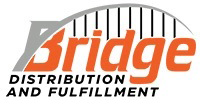
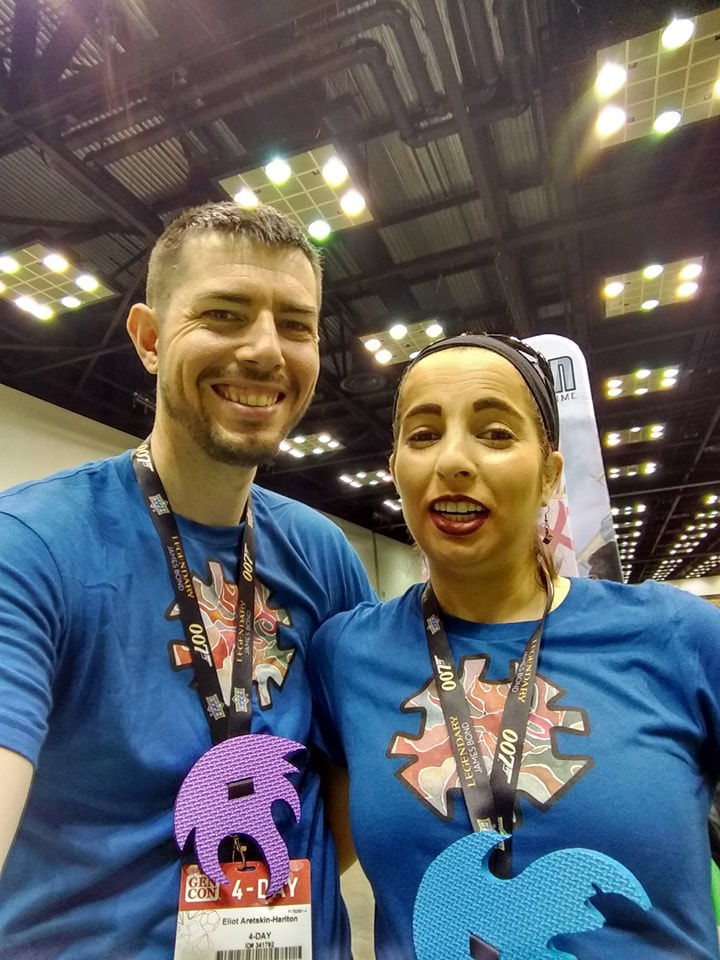
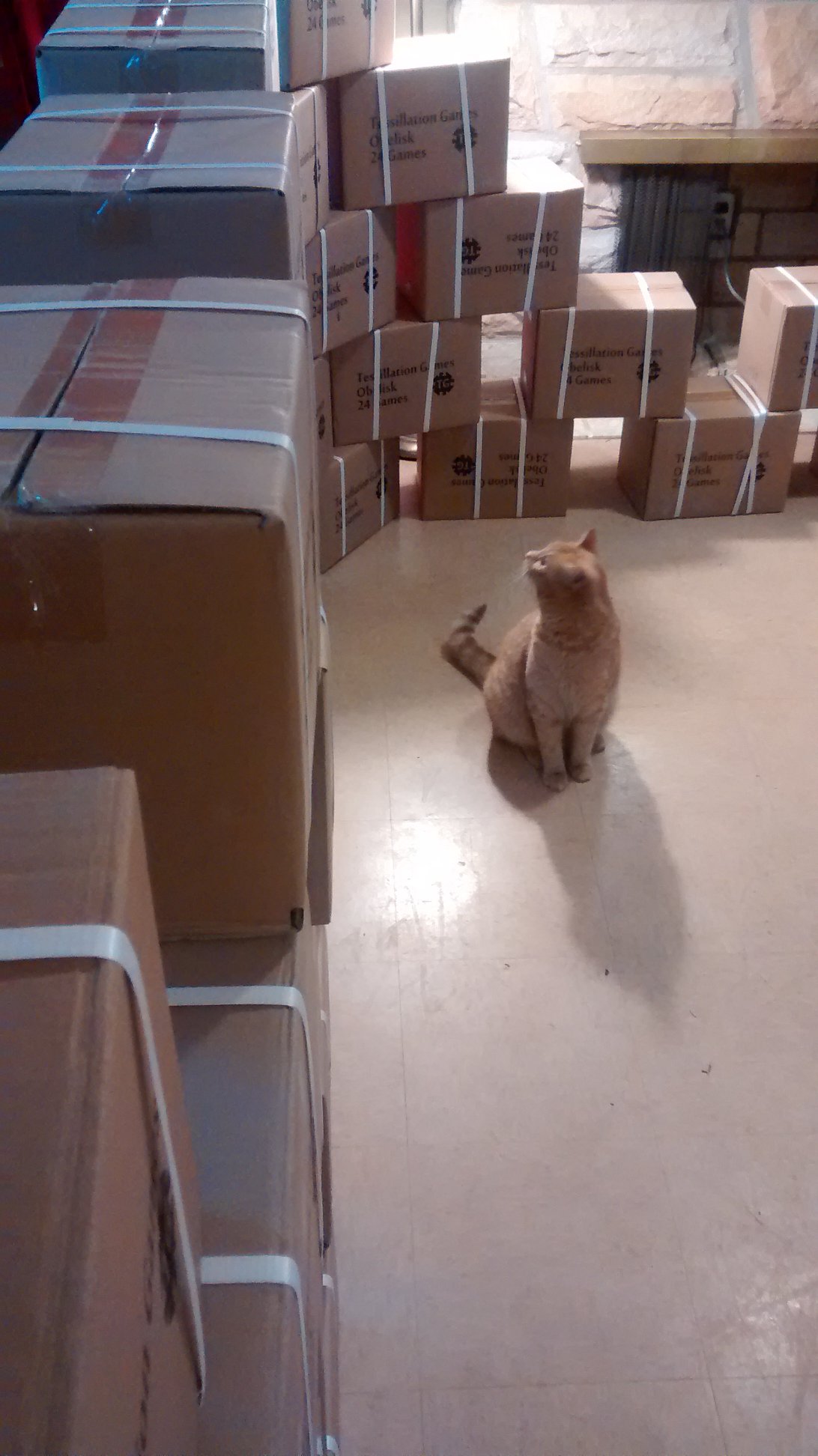
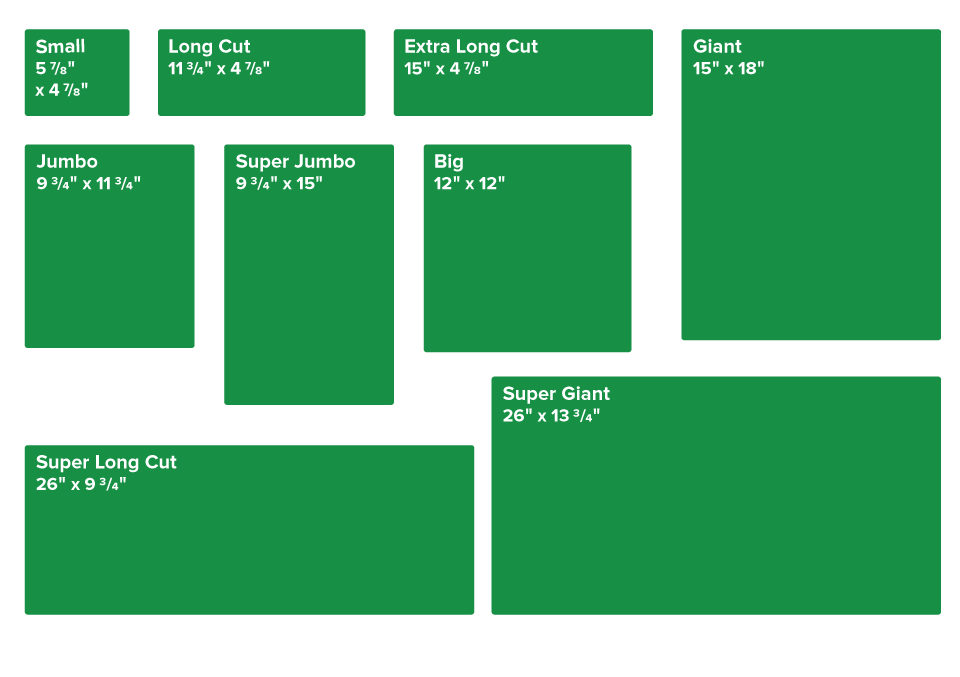

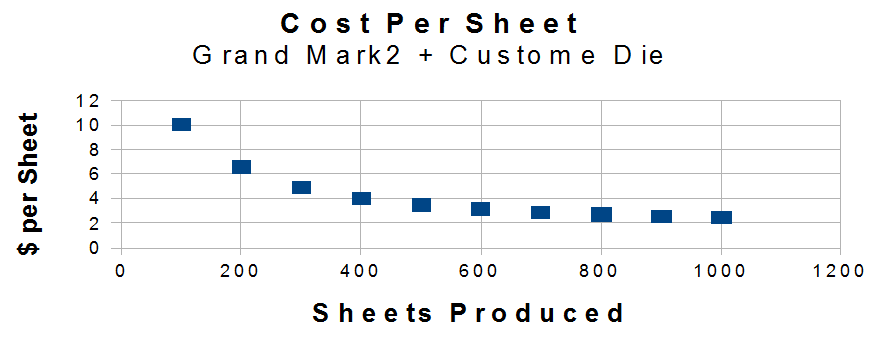


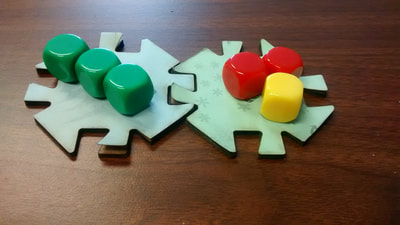
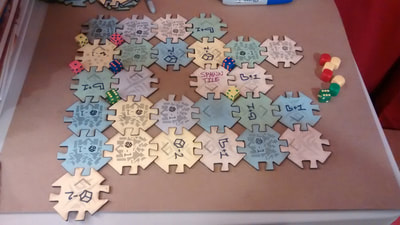


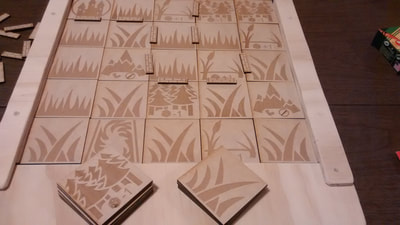




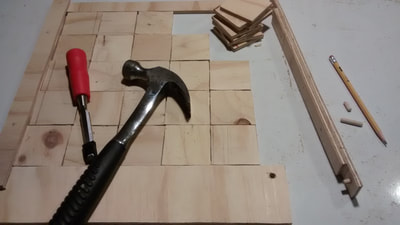
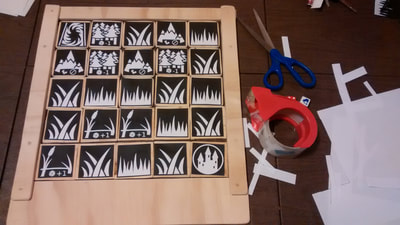


 RSS Feed
RSS Feed